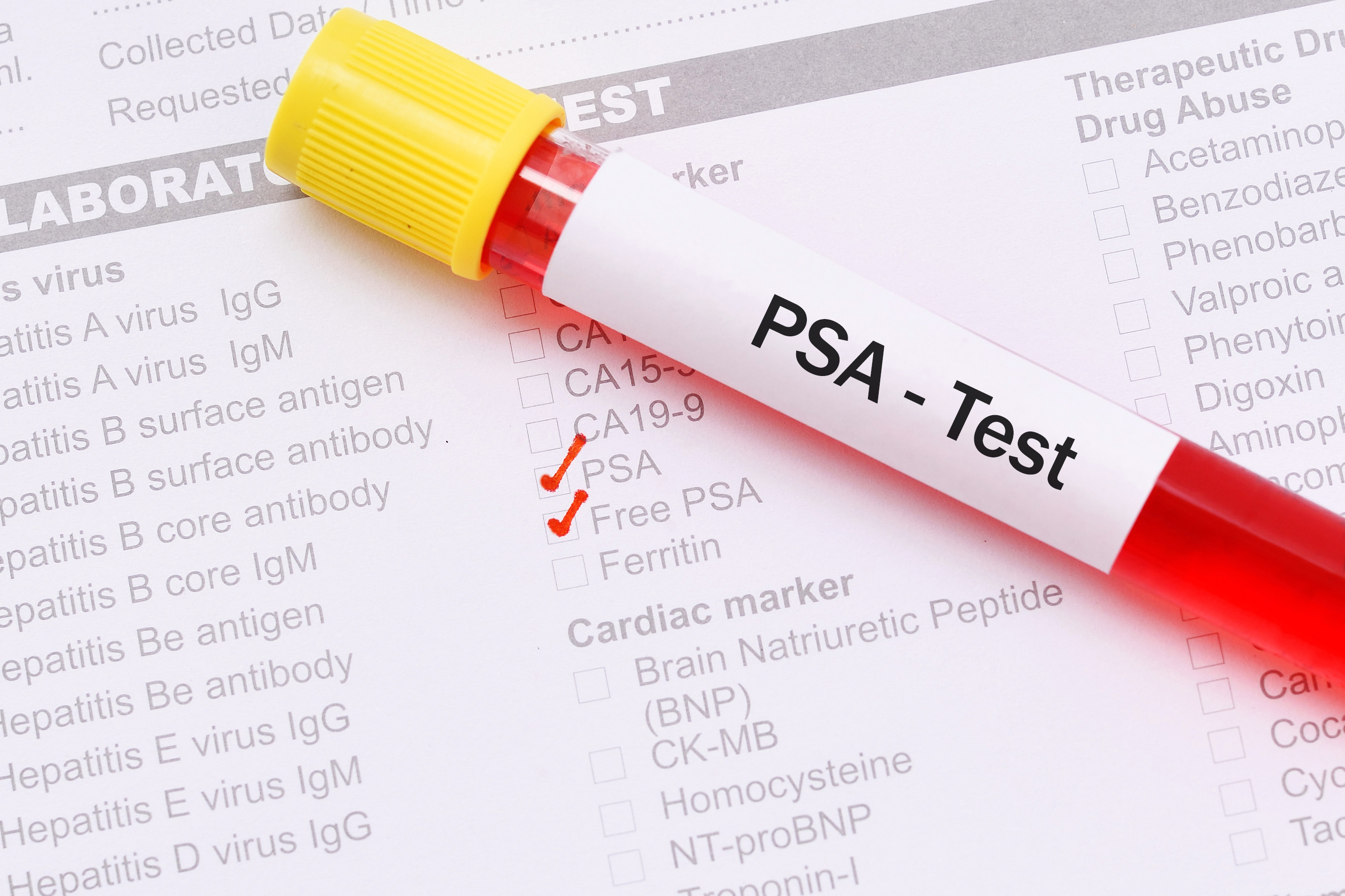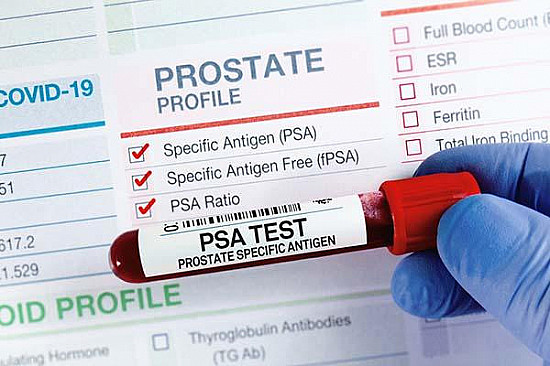To PSA test or not to PSA test: That is the discussion

Though it seems Americans don’t agree on much, screening for cancer is an exception. Who wouldn’t support preventing or identifying cancer at an early, more treatable stage, when the alternative is pain, toxic therapies, and a shortened life? That may be why people get confused when news headlines don’t reinforce a “just do it” message. A recent example of the disconnect between public perception and medical evidence is screening for prostate cancer using the prostate-specific antigen (PSA) test. The United States Preventive Services Task Force (USPSTF), a non-governmental expert panel that produces guidelines for primary care providers, proposed new recommendations saying doctors should only order the PSA test for older men after discussing its pros and cons and eliciting preferences for screening.
Screening for prostate cancer with the PSA test: The backstory
To understand the new draft recommendation requires a brief history of this test. Introduced in the 1980s as a way to follow patients already diagnosed with prostate cancer, it began to be used to screen for new cancers. Given that the PSA is an easy blood test to perform, it was quickly adopted — without waiting for evidence that it actually worked. For many years, the USPSTF said there wasn’t enough information to recommend for or against the PSA test.
That changed in 2012 when the USPSTF released a controversial recommendation against screening. It was based in part on a large US study showing no decrease in prostate cancer deaths among men screened using the PSA test. The recommendation also reflected concern about the test causing a surge in prostate cancer diagnoses, many of which were small, low-risk cancers being treated with surgery or radiation — treatments with common side effects.
I was uncomfortable with this “don’t screen” recommendation and am happy about the proposed change. Here’s why: while the US screening trial was negative, another large study in European men showed a small decrease in prostate cancer deaths after more than 10 years of follow-up. Moreover, specialists had devised new strategies to avoid overtreating low-risk cancers.
Having a conversation about screening with the PSA test
I discuss the pros and cons of the PSA test with my patients and ask about their personal preferences for screening. I tell them that while screening can reduce death due to prostate cancer by 20%, the “bang for the buck” is small. It takes screening of over 1,000 men to prevent one death. I also highlight that the benefit of screening is years off, but the risks of treatment — impotence, incontinence, and bowel problems — occur right away.
I also emphasize the PSA test isn’t very accurate. There can be anxiety due to false positive results, meaning further testing shows no cancer. I mention the potential for diagnosing a low-risk cancer where the treatment may be worse than the disease, and that following them closely without treatment may be preferable. How much a man wants to know something like this can differ — some view it as useful information, others see it as an endless source of worry.
Finally, I share my own perspective. As a medical student in the late 1980s learning about the PSA test, my grandfather was dying from prostate cancer. He was an otherwise healthy man who had many good years left, and I wondered if the PSA test could have helped him. Because of this family history, I have decided to have the PSA test. But I’m also unsure what I would do if I didn’t have that history. The small potential for benefit must be weighed versus the risk of false positives or of finding a low-risk tumor that may never cause harm. I can see how two men without risk factors for prostate cancer could make different decisions.
So, I think the USPSTF got it right. This is a decision best made by a well-informed patient in collaboration with his doctor. The challenge in implementing this is practical: the short time I have with each patient. I could save time by simply ordering the test without a discussion. But in my role as health advisor, I need to be able to not only say when I think we should or should not do something, but also when there is a choice. And when there isn’t one right decision for everyone, my patient is the best person to make the choice that’s right for him. I can state my personal preference, but need to highlight why that may not be the right answer for him.
Sources
The US Preventive Services Task Force 2017 Draft Recommendation Statement on Screening for Prostate Cancer: An Invitation to Review and Comment. JAMA, published online April 11, 2017.
Screening for Prostate Cancer: U.S. Preventive Services Task Force Recommendation Statement. Annals of Internal Medicine, August 2008.
Understanding Task Force Recommendations, Screening for Prostate Cancer. The U.S. Preventive Services Task Force, May 2012.
About the Author

Steven J. Atlas, MD, MPH, Contributor
Disclaimer:
As a service to our readers, Harvard Health Publishing provides access to our library of archived content. Please note the date of last review or update on all articles.
No content on this site, regardless of date, should ever be used as a substitute for direct medical advice from your doctor or other qualified clinician.















